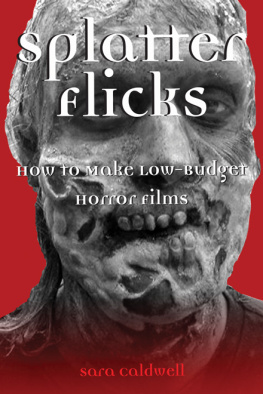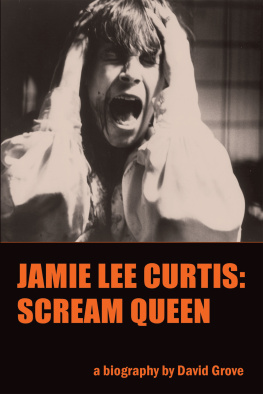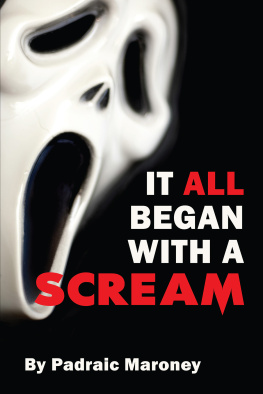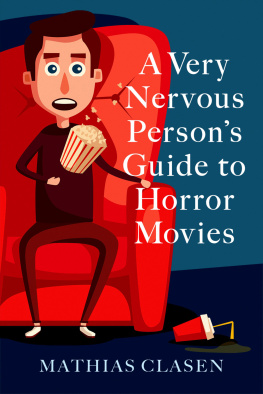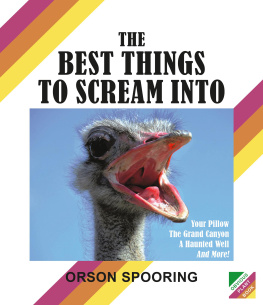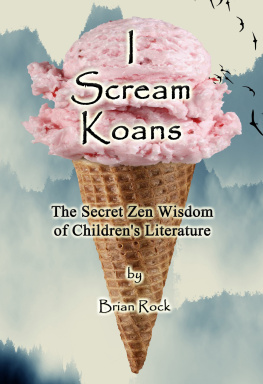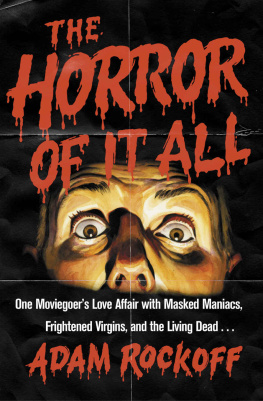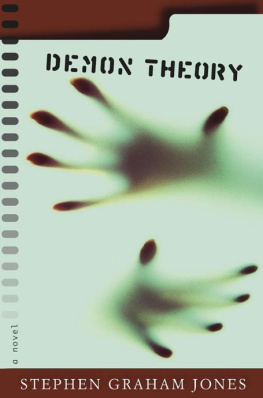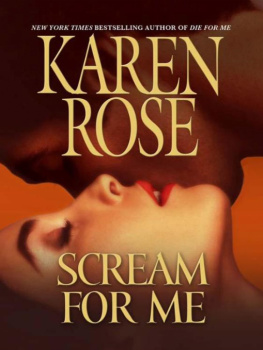First Scream to the Last
Adrian Roe
Copyright 2014 AdrianRoe
All rights reserved, includingthe right to reproduce this book, or portions thereof in any form. No part ofthis text may be reproduced, transmitted, downloaded, decompiled, reverseengineered, or stored, in any form or introduced into any information storageand retrieval system, in any form or by any means, whether electronic ormechanical without the express written permission of the author.
KINDLE edition
PublishNation, London
www.publishnation.co.uk
Introduction
As most horror fans will tell you, thereis something very special about genre pieces from the eighties. The decadeseemed to produce some of the most endearing characters, and unforgettablemovies. This was also evident in the box office returns, with Horror filmsbecoming a serious sell and a home video market in its infancy that was quickto embrace, and exploit this.
I would often believe that the affectionfor these movies was simply limited to the generation that had grown up withthem, and remained loyal to the cultures that defined it. That would certainlyoffer a logical explanation, but I quickly realized the popularity of thesefilms ran much deeper than that. Speaking with fans of the genre from varyingage groups, the inescapable fact was that many of the favorite films chosenwere from the eighties. Whether a teenager or someone much older, we all seemto be very familiar with this decade. What is it that had created this almostsubconscious awareness? The decade seems to have generated a presence and leftan indelible mark on the genre, and our conscious.
Films, and most in particular Horrorfilms, are a reflection of society and the cultures present, and the eightieswas the perfect storm. Not only the dawn of the video age, this decade wasextremely diverse and vibrant, particularly for the younger generation. Horrorfilms tend to (but not always) focus on our adolescent years, and here lies thesecret to the riddle. The eighties was the last major Cultural Revolution forthe young, with music and technology evolving at an exciting pace, it gave acolorful and entertaining backdrop for all of these movies. Such an influentialperiod it was, that its influences are still seen and felt today.
The explosion in popularity for these filmsbegan in the late seventies, where the seeds were planted with such classics asHalloween, The Hills Have Eyes, Black Christmas, Carrie, and The Texas ChainsawMassacre, to name just a few. There is the argument that this decade spawnedthe true classics of the genre, and that is perhaps a story for another day.This book however will focus on the genres phenomenal popularity that wasenjoyed in the eighties, and explore the films that made it happen.
Covering every single film from thedecade would have been virtually impossible, so apologies if your favoritemovie is missing. I have tried to offer an insight over an extremely broadspectrum however, and within these pages we will attempt to catalogue andreview some of the key moments that this fantastic decade had to offer.
Throughout the course of writing thisbook, I have been honored to have many directors; actors, producers and writersof the time contribute toward the work. First Scream to the Last notonly represents a passion of genre fans, but also the very people that made itpossible.
Supported with exclusive interviews fromsome of the key directors and producers of the time, it offers a fascinatinginsight into what has remained a very special time in film making for allinvolved, and fans alike.
Special Thanks
I would like to extend a special thanksto the following individuals, for their involvement and contribution towardsthis work.
Collaborators and associated interviewsinclude:
Wes Craven A Nightmareon Elm Street / Shocker
Tom Holland FrightNight / Childs Play
Brian Yuzna Re-Animator
Tom McLoughlin Friday the13th Part VI: Jason Lives
Dee Wallace TheHowling / Cujo
Joe Augustyn Nightof the Demons
Victor Miller Fridaythe 13th
Neil Affleck MyBloody Valentine
Eileen Davidson The Houseon Sorority Row
John Philbin Returnof the Living Dead
Adrienne Barbeau The Fog /Creepshow
Marsha Dietlein Returnof the Living Dead Part 2
Mick Garris TheFly II
Barbie Wilde Hellbound:Hellraiser II
Cortney Palm SilentNight
Felissa Rose SleepawayCamp
Chapter One
1980
Friday The 13th
When do the cultures and social climatethat define a decade truly begin? Does everything change on December the 31stat midnight? This is of course not the case, and film along with all other artforms will evolve at its own pace following previous material and influences.
By the end of the Seventies theblueprint had been well and truly laid down for what was to become an explosionof Horror film. Towards the end of the decade we had been left with anestablished sub-genre that was becoming ever increasingly popular The slasherfilm. With titles such as Black Christmas, Tourist Trap, When a StrangerCalls, and of course Halloween, proving to be a huge hit with fans,we should not have been surprised with how the Eighties began, as it pickedmatters up where the previous decade had left off.
After John Carpenters 1978 Halloween,which is still regarded by many to be the best slasher film ever made, 1980 wasabout to provide us with another cult classic which owed a great deal to itspredecessor.
Inspired by the success of Halloween,Friday the 13th was a film produced and directed by Sean S.Cunningham. Filming actually began during September of 1979, so I cannot thinkof more suitable film to begin with as we usher out the Seventies and bring ina brand new decade.

The film centered on a group of youngcamp counselors, who would work at Camp Crystal Lake throughout the summer.Crystal Lake has a dark past, and one that will come back to seek revenge onthe councilors in brutal fashion.
In what Halloween offered insuspense, Friday the 13th had in violence and gore, in amovie that offered the audience far more blood than had previously been seen ina slasher picture.
Cunningham, who did not even have ascript when releasing promotional advertisements for the film, had previouslyworked with Wes Craven on The Last House on the Left. Convinced thathis title would lead to success, he rushed out an advertisement in Varietymagazine in the hope that it would flush out any potential lawsuits regardingthe title. Once the title was secured, focus could be placed on the script forthis future classic.
Victor Miller, who interestingly drew onhis own childhood fears when writing the story, wrote the script. I had thepleasure in interviewing Victor in 2013:
Where did the inspiration come from towrite Friday the 13th?
Poverty and a familyof origin, which lent itself well to the idea of a mother who would kill topunish anyone for mistreating her son. My mother, sad to report, was not thatkind. My childhood fears were all used in the crafting of this screenplay.
Were there any other horror films ofthat time that you enjoyed, and helped to influence the story?
Halloween and Psycho.
Were there any aspects of the movie thatdid not follow your original story line?
Only the scene withthe motorcycle cop which was not of my writing, because it cut against the ideaof a location which made it impossible for the kids to be aided by cops,militia, National Guard, Cavalry, etc.
Next page

